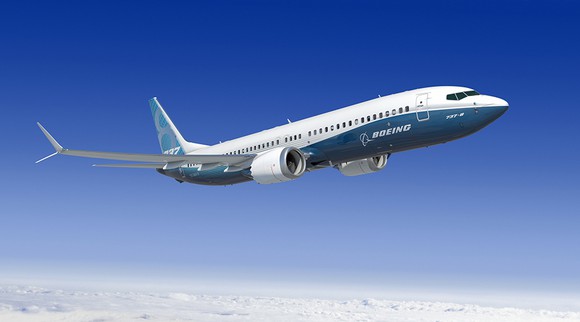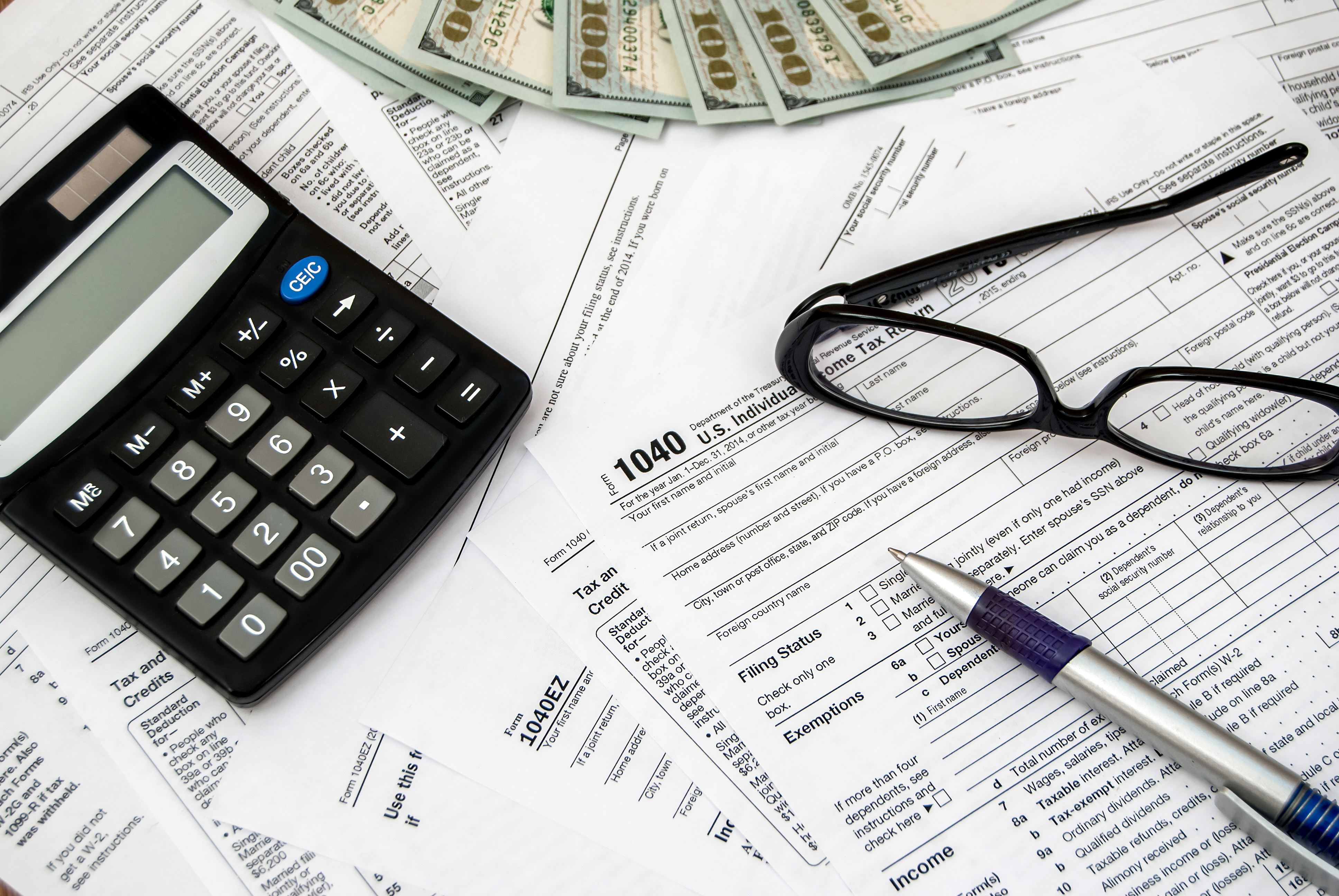The Dow Jones Industrial Average and the S&P 500 may be the indexes that often grab the headlines, but the Dow Jones Transportation Average (DJTA) is another index that is also covered in financial reporting. A price-weighted index of 20 stocks, the DJTA reflects the stock performances of leading U.S. companies that operate in the transportation industry.

Index
Its name was changed to DJTA in 1970, and it now has a much more varied collection of stocks. In addition to airlines, the index includes stocks from several industries, such as trucking, rental car, shipping, and, of course, railroad stocks. In February 2024, the index expanded in scope to include ride-sharing company Uber (UBER -1.04%), replacing JetBlue Airways (JBLU +1.16%).
The importance of the Dow Jones Transportation Average (DJTA)
Because rises and falls in the Dow Jones Industrial Average can be greatly affected by the performance of an individual ticker, the DJTA provides investors with another data point to assess the health of markets. It's especially useful since the Dow Jones Industrial Average excludes transportation stocks.
Just as the index has evolved from its creation as a way to track railroad stocks, the DJTA will probably accommodate other sorts of transportation stocks in the future. This could possibly mean including electric air taxi stocks, like Archer Aviation (ACHR +1.34%); space tourism stocks, like Virgin Galactic (SPCE +1.52%); or something even more exotic.
Insight into the Dow Jones Transportation Average (DJTA)
Unlike investors' ability to gain exposure to the Dow Jones Industrial Average through the exchange-traded fund (ETF), the SPDR Dow Jones Industrial Average ETF, there's no comparable option for those seeking exposure to the DJTA. But that doesn't mean investors are completely out of luck.
For investors committed to broad exposure to the transportation industry, there are a variety of transportation ETFs to consider. Of course, they can also opt to invest directly in the stocks included in the DJTA.
The Dow Jones Transportation Average (DJTA) in action
For the 10-year period ending on May 13, 2024, the DJTA had risen 7.1% on an annualized basis. Although no ETF represents the exact holdings of the DJTA, investors interested in the index may want to consider a position in the iShares U.S. Transportation Average ETF (IYT -0.97%).
The fund includes all the stocks in the DJTA and 13 others. From its inception in October 2003 through mid-May 2024, the iShares Transportation Average ETF had climbed 234%, while the DJTA had risen 253%.



















